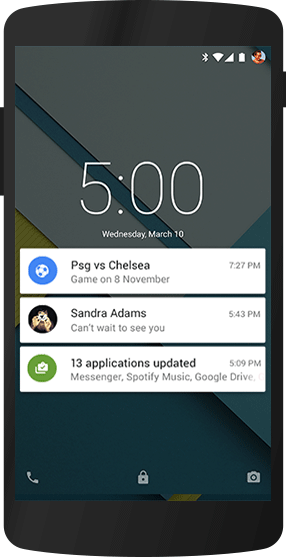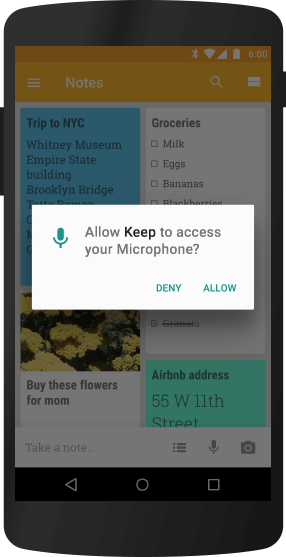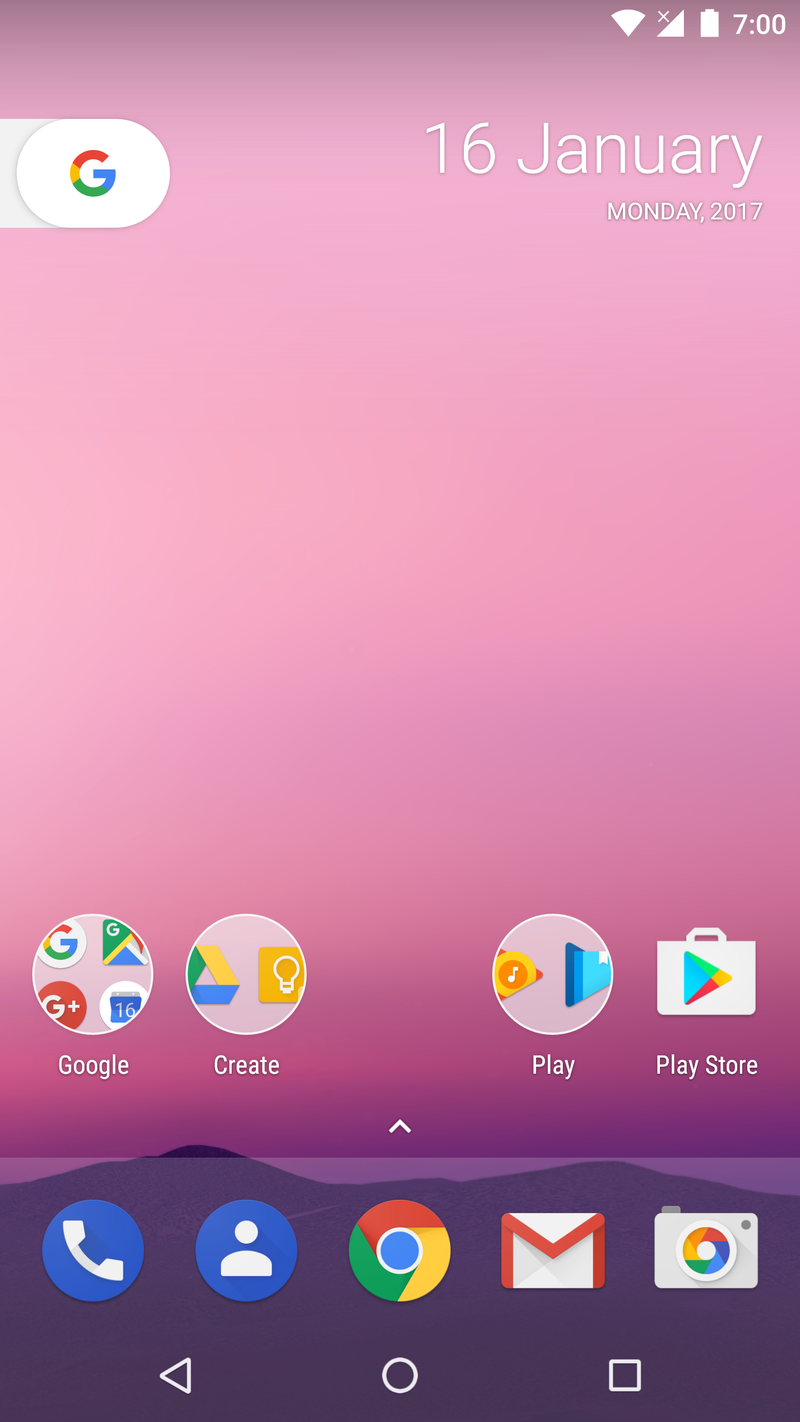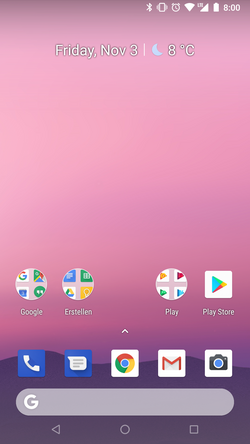History of Android versions
Android 1.0
Version
|
Android 1.0
|
API
|
1, 2
|
Release Date
|
23 September 2008 , Android 1.1 9 February 2009
|
Popular Devices
|
HTC Dream
|
Features
|
Android 1.1
|
Android Cupcake
Version
|
Android 1.5
|
API
|
3
|
Release Date
|
27 April 2009
|
Popular Devices
|
HTC Dream
|
Features
|
|
Android Donut
Version
|
Android 1.6
|
API
|
4
|
Release Date
|
15 September 2009
|
Popular Devices
|
HTC Dream, Sony Ericsson Xperia X10, LG GT540
|
Features
|
|
Android Eclair
Version
|
Android 2.0, Android 2.0.1, Android 2.1
|
API
|
5, 6, 7
|
Release Date
|
26 October 2009, 3 December 2009, 12 January 2010
|
Popular Devices
|
Nexus One
|
Features
|
|
Android Froyo
Version
|
Android 2.2
|
API
|
8
|
Release Date
|
20 May 2010
|
Popular Devices
|
Nexus One, HTC Desire, Motorola Droid X
|
Features
|
|
Android Gingerbread
Version
|
Android 2.3, Android 2.3.3
|
API
|
9, 10
|
Release Date
|
6 December 2010, 9 February 2011
|
Popular Devices
|
Samsung Galaxy S, Samsung Galaxy Y, Nexus One, Nexus S
|
Features
|
Android 2.3.4
|
Android Honeycomb
Version
|
Android 3.0, Android 3.1, Android 3.2
|
API
|
11, 12, 13
|
Release Date
|
22 February 2011, 10 May 2011, 15 July 2011
|
Popular Devices
|
Motorola Xoom
|
Features
|
|
Android Ice Cream Sandwich
Version
|
Android 4.0, Android 4.0.3
|
API
|
14, 15
|
Release Date
|
18 October 2011, 16 December 2011
|
Popular Devices
|
Samsung Galaxy S 2, Nexus S 4G, Samsung Galaxy Tab 7.0, HTC Sensation, Sony Xperia Ray, Motorola Droid RAZAR, Motorola Xoom, LG Optimus
|
Features
|
|
Android Jelly Bean
Version
|
Android 4.1, Android 4.2, Android 4.3
|
API
|
16, 17, 18
|
Release Date
|
9 July 2012, 13 November 2012, 24 July 2013
|
Popular Devices
|
Nexus 7, Nexus 4, HTC One, Samsung Galaxy S4, Samsung Galaxy Grand
|
Features
|
|
Android KitKat
Version
|
Android 4.4, Android 4.4W
|
API
|
19, 20
|
Release Date
|
31 October 2013 , 25June 2014
|
Popular Devices
|
Nexus 5, Motorola Moto G, Samsung Galaxy S4, Samsung Galaxy Note 3, LG G2
|
Features
|
|
Android Lollipop
Version
|
Android 5.0, Android 5.1
|
API
|
21, 22
|
Release Date
|
12 November 2014
|
Popular Devices
|
Nexus 6, Moto G, Samsung Galaxy S6, Samsung Galaxy Note 5, LG G Pad 8.3, HTC Once M8
|
Features
|
|
Android Marshmallow
Version
|
Android 6.0
|
API
|
23
|
Release Date
|
5 October 2015
|
Popular Devices
|
Nexus 6P, Samsung Galaxy S7, Samsung Galaxy S7 Edge, Samsung Galaxy Note 7,
|
Features
|
|
Android Nougat
Version
|
Android 7.0, Android 7.1
|
API
|
24, 25
|
Release Date
|
22 August 2016, 4 October 2016
|
Popular Devices
|
Samsung Galaxy Note 8, Samsung Galaxy S8/S8+, LG G6, Motorola Moto G5, HTC Desire 12, Google Pixel/Pixel XL, Xiaomi Redmi Note 5 Pro, Xiaomi Mi Max 2, OnePlus 5
|
Features
|
|
Android Oreo
Version
|
Android 8.0, Android 8.1
|
API
|
26, 27
|
Release Date
|
21 August 2017, 5 December 2017
|
Popular Devices
|
Samsung Galaxy S9/S9+, Samsung Galaxy Note9, LG G7, LG V40, HTC U12 life, Motorola Moto G6, Motorola MotoZ3, Google Pixel 2/2XL, Xiaomi Poco F1, Xiaomi Mi 8, Xiaomi Mi A2, Xiaomi Note 6 Pro, OnePlus 6, Asus Zenfone Max (M1)
|
Features
|
Android 8.1
|
Android Pie
| Version | Android 9.0 |
| API | 28 |
| Release Date | 6 August 2018 |
| Popular Devices | Google Pixel 2/2XL |
| Features |
|

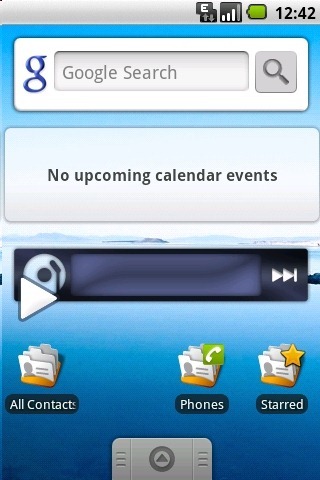



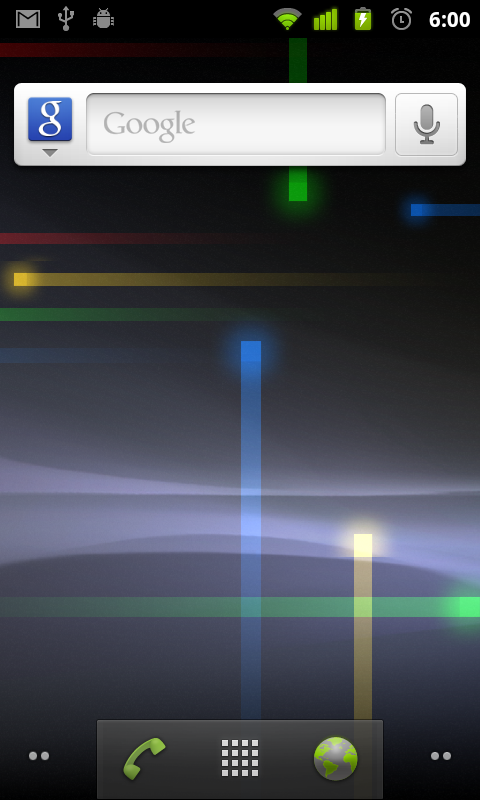
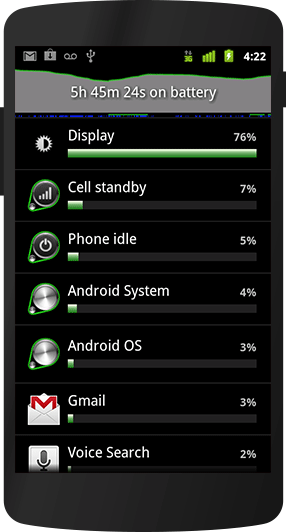
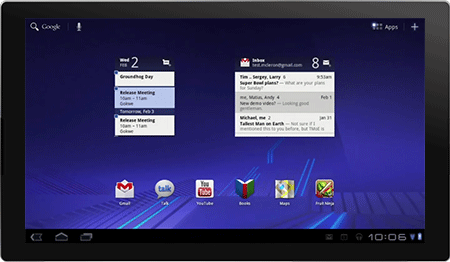

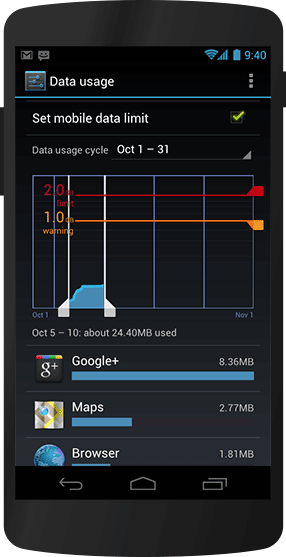
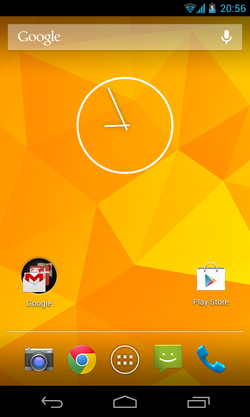
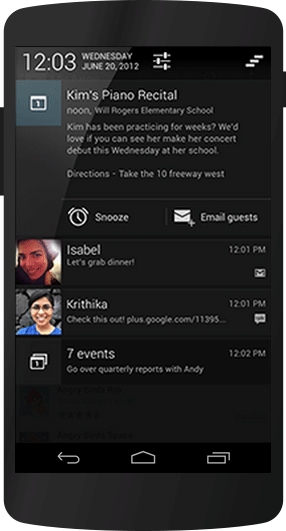
_Screenshot.jpg/800px-Nexus_5_(Android_4.4.2)_Screenshot.jpg)


